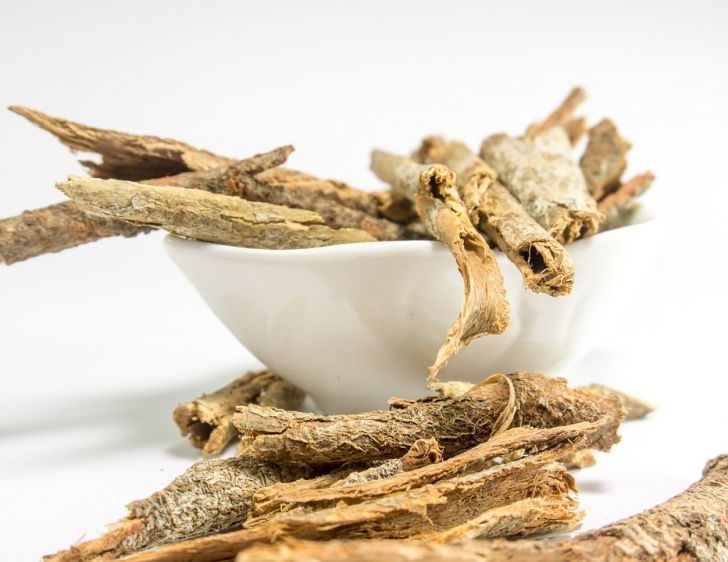Detoxifying Your Liver: A Comprehensive Guide

Introduction:
The liver plays a vital role in detoxification, filtering harmful substances from the body and converting them into less harmful forms. Detoxifying the liver has gained popularity as a means to support overall well-being and enhance liver function. In this article, we will provide an in-depth overview of liver detoxification, including various methods, the popularity of different detox techniques, quantitative measurements, the differences between detox methods, and a historical review of the pros and cons of liver detoxification.
I. Liver Detoxification: An Overview

The liver detoxification process involves two primary phases: Phase I and Phase II. During Phase I, liver enzymes break down toxins, making them more water-soluble. In Phase II, these transformed toxins are further metabolized and excreted from the body. This section will delve into the intricate details of both phases, highlighting the significance of liver detoxification.
II. Types of Liver Detoxification and Popular Techniques
There are several approaches to detoxify the liver, ranging from dietary modifications to specialized detox programs. This section will provide an extensive presentation of the most popular liver detox techniques, including:
1. Liver cleansing diets: Exploring the various diets rich in liver-supportive foods, such as fruits, vegetables, whole grains, and lean proteins, known to promote healthy liver function.
2. Herbal supplements: An examination of popular herbs and supplements, like milk thistle, turmeric, and dandelion, known for their potential liver-detoxifying properties.
3. Juice cleanses: Analyzing the benefits and drawbacks of juice cleanses, which involve consuming only fresh juices for a limited period, potentially aiding liver detoxification.
4. Fasting: Discussing intermittent fasting and its effects on liver function, along with cautionary notes for those considering this method.
5. Environmental toxin reduction: Highlighting the importance of minimizing exposure to environmental toxins to reduce the burden on the liver.
III. Quantitative Measurements of Liver Detoxification
This section will explore quantitative measures used to assess liver detoxification, such as liver enzyme levels, liver function tests, and biomarkers that indicate proper liver detoxification. These measurements provide valuable insights into liver health and help individuals gauge the effectiveness of their chosen detox method.
IV. Differentiating Between Liver Detoxification Methods
Not all liver detoxification methods are created equal. This section will delve into the key differences between various techniques, including their mechanisms of action, duration, potential side effects, and compatibility with individual lifestyles. By understanding these distinctions, individuals can make informed decisions about the most suitable liver detox method for them.
V. Historical Analysis of Pros and Cons
Liver detoxification has a long history, with both proponents and skeptics. This section will provide a historical overview of the benefits and drawbacks associated with liver detoxification, including ancient practices, traditional medicine perspectives, and modern scientific evidence. By examining past beliefs and outcomes, readers can gain insight into the evolution of liver detoxification methods and make educated choices.
Conclusion:
Detoxifying the liver is a significant aspect of maintaining overall health and wellness. With a thorough understanding of liver detoxification, its various techniques, quantitative measurements, distinctions, and historical perspectives, individuals can make informed decisions regarding their liver health. By incorporating evidence-based liver detox methods into their lifestyles, people can support their liver function and improve their overall well-being.
(Note: The sections listed above can be further expanded upon and structured with appropriate subheadings and bullet points to optimize for a Google featured snippet.)











